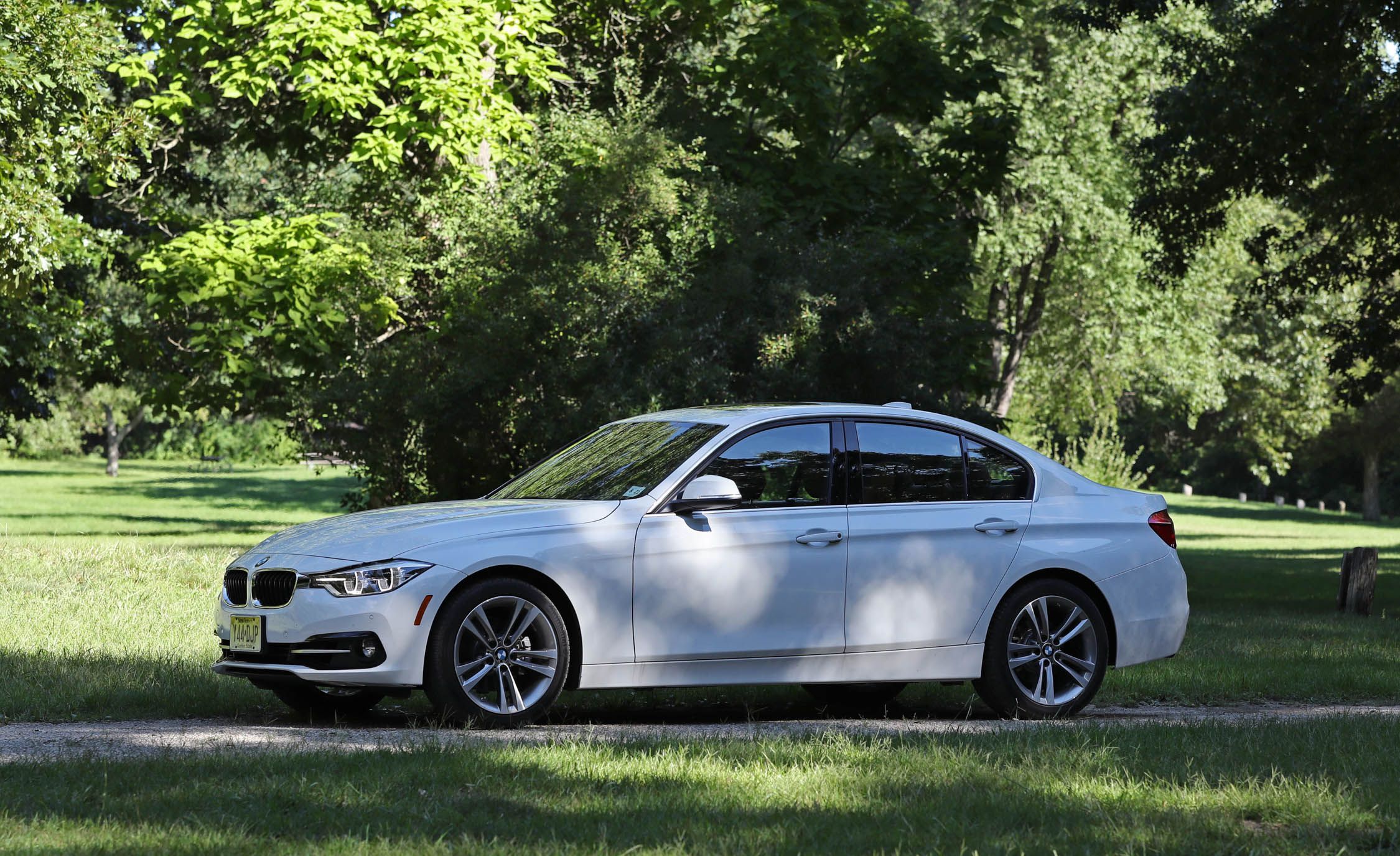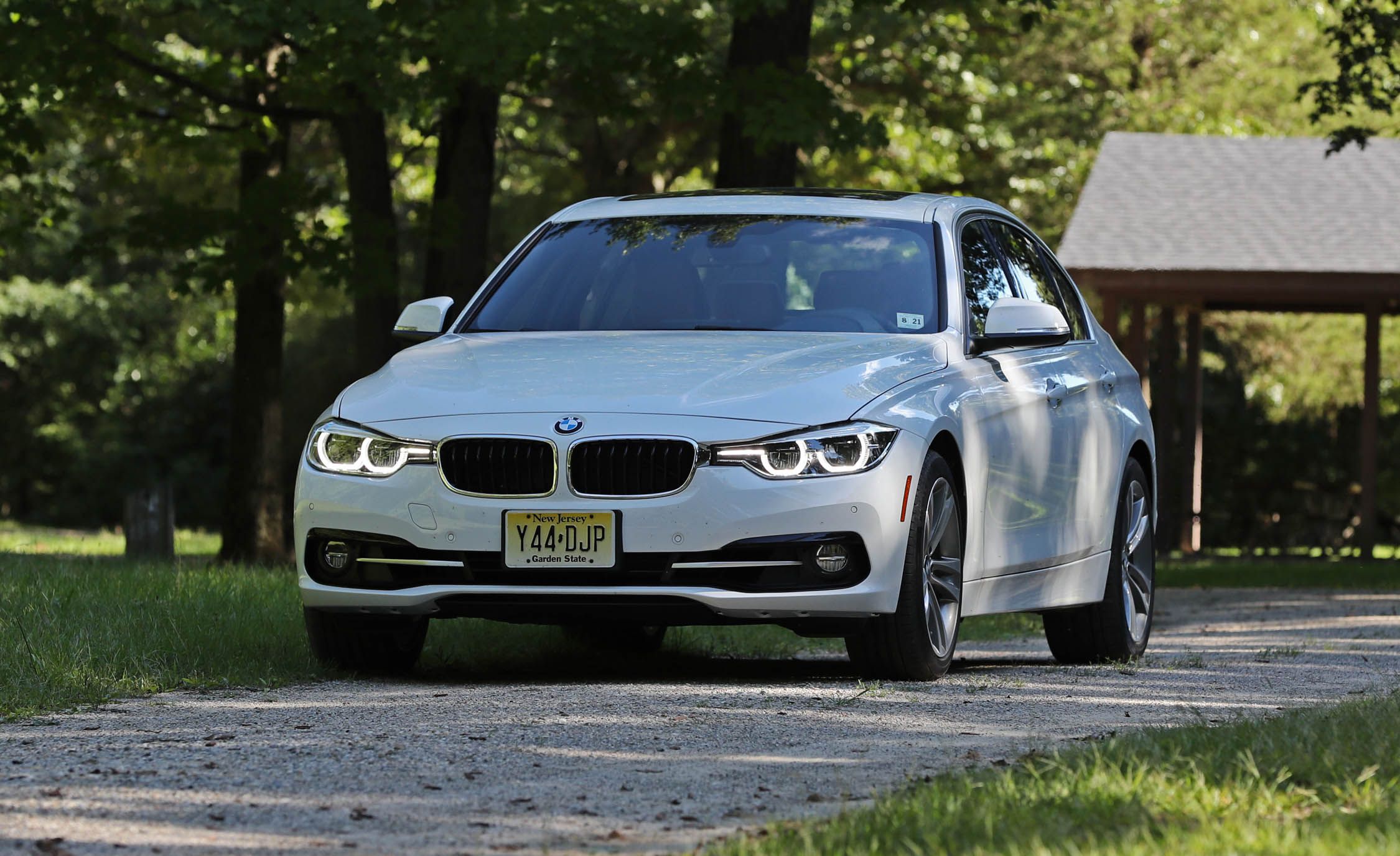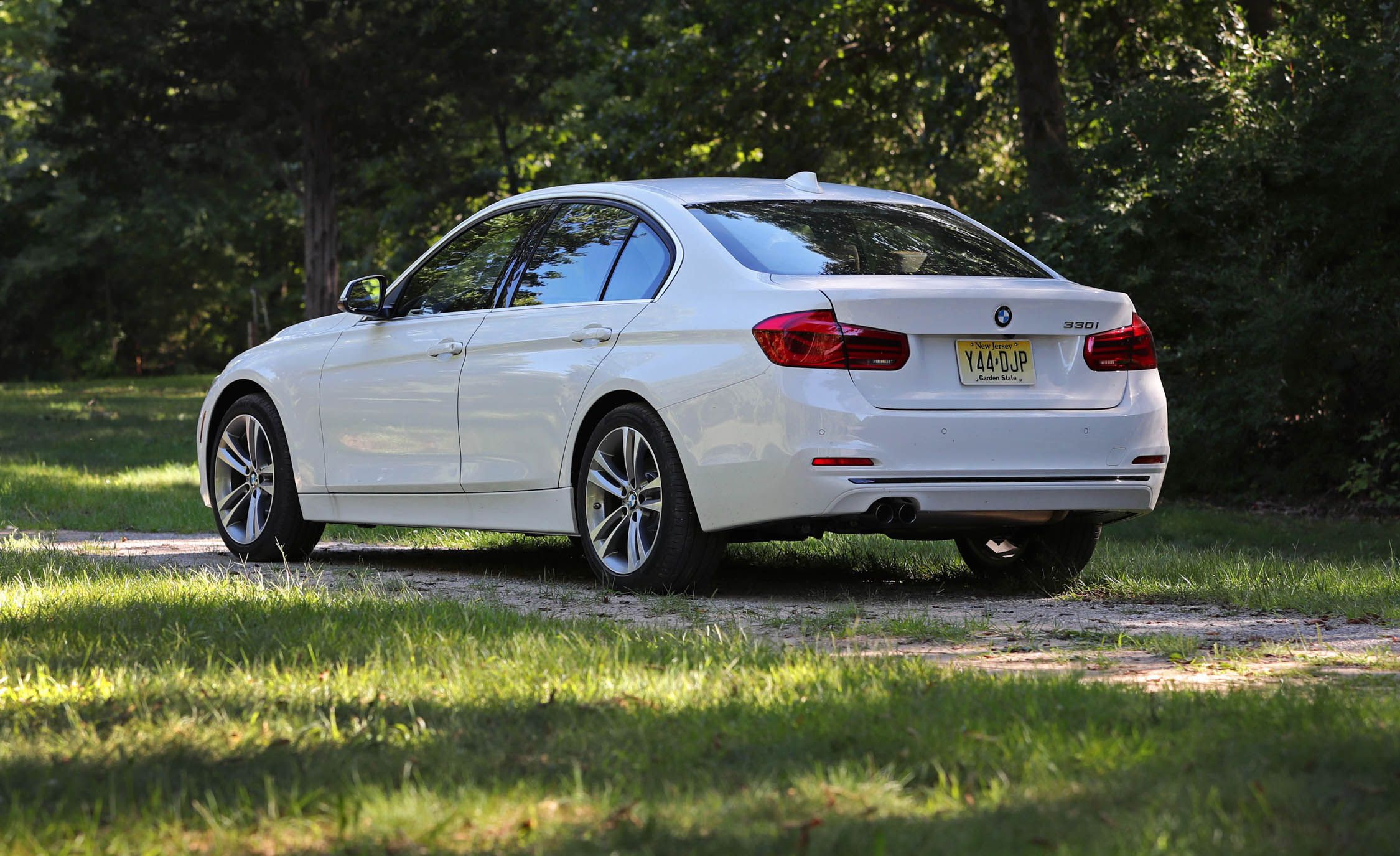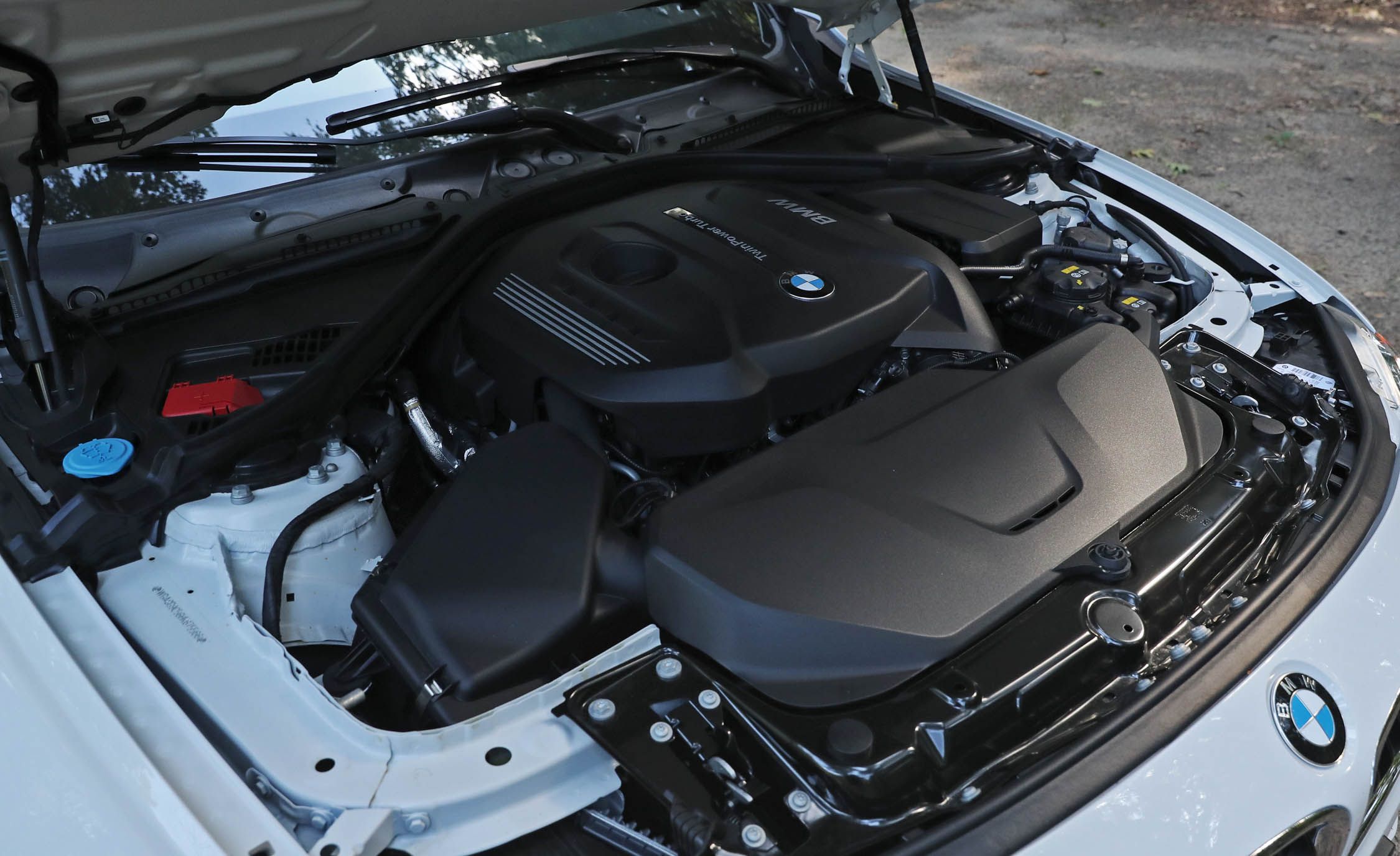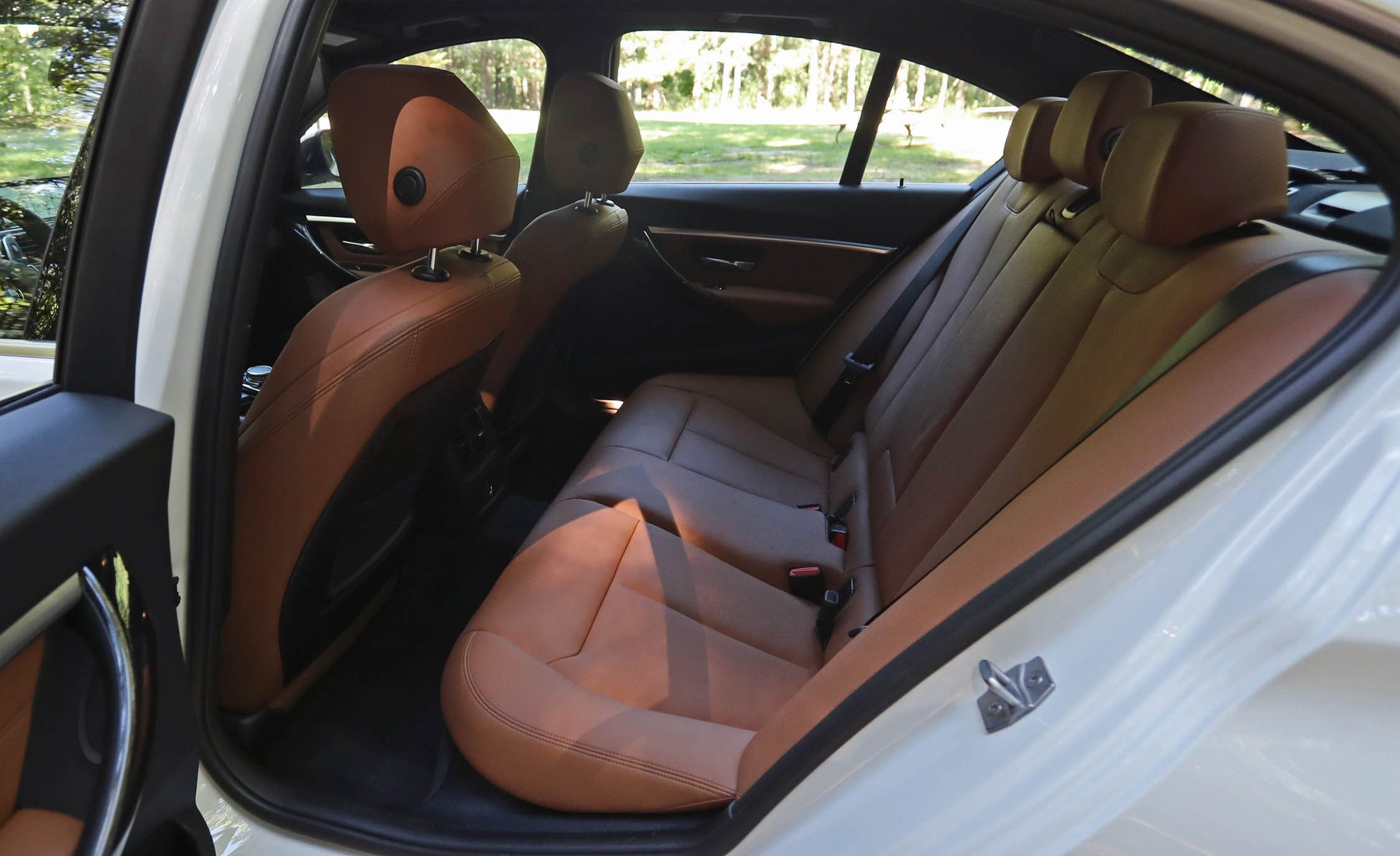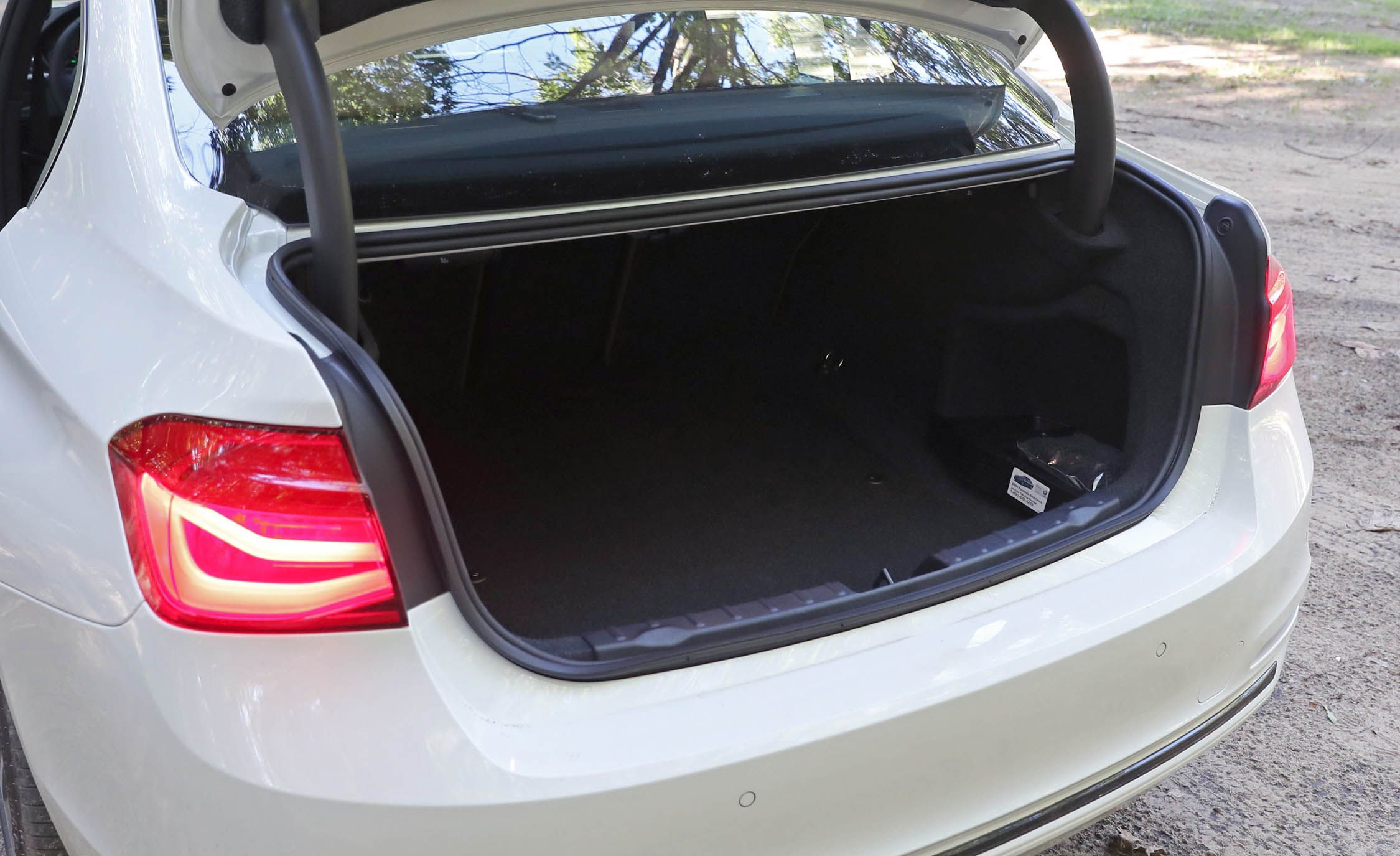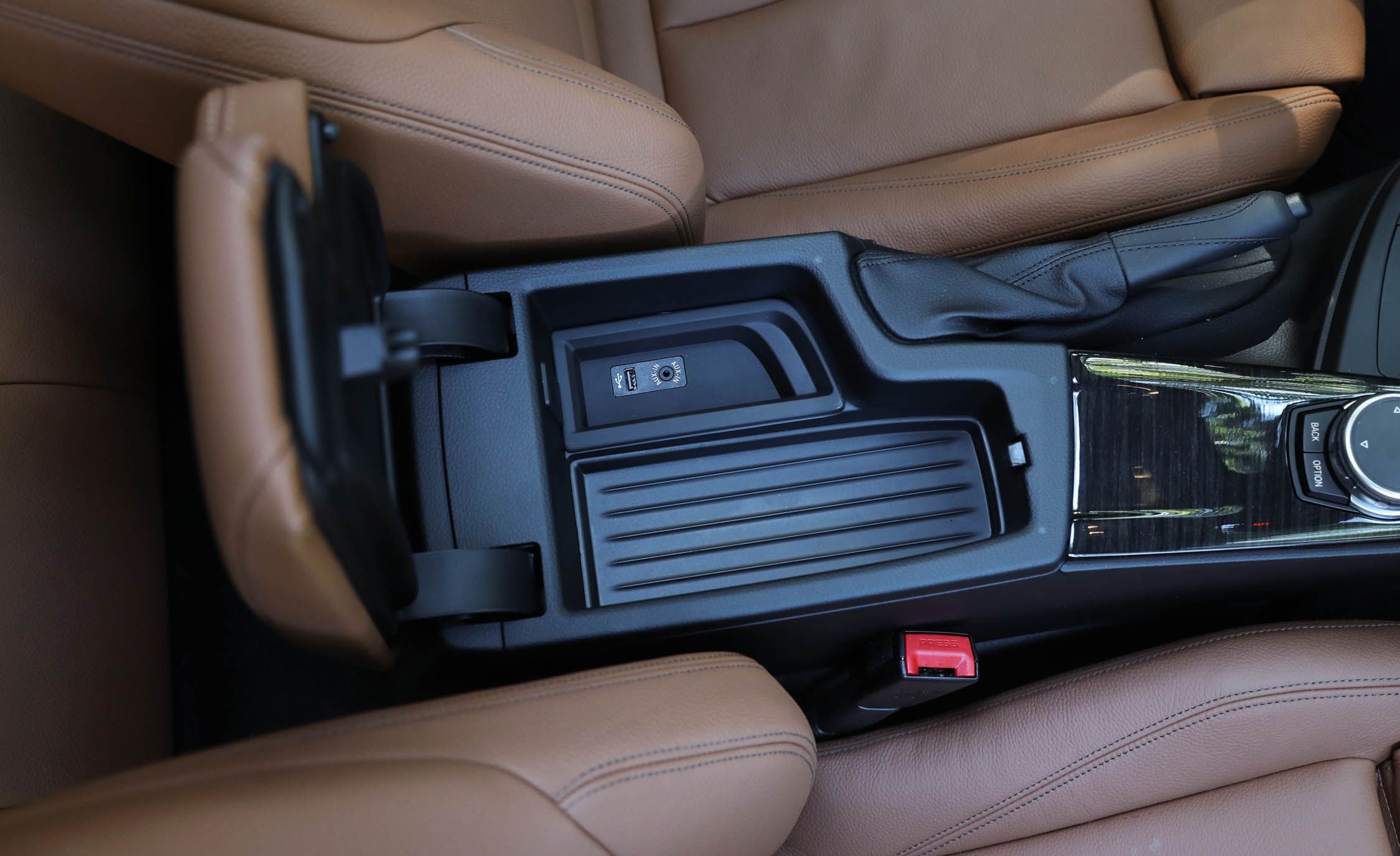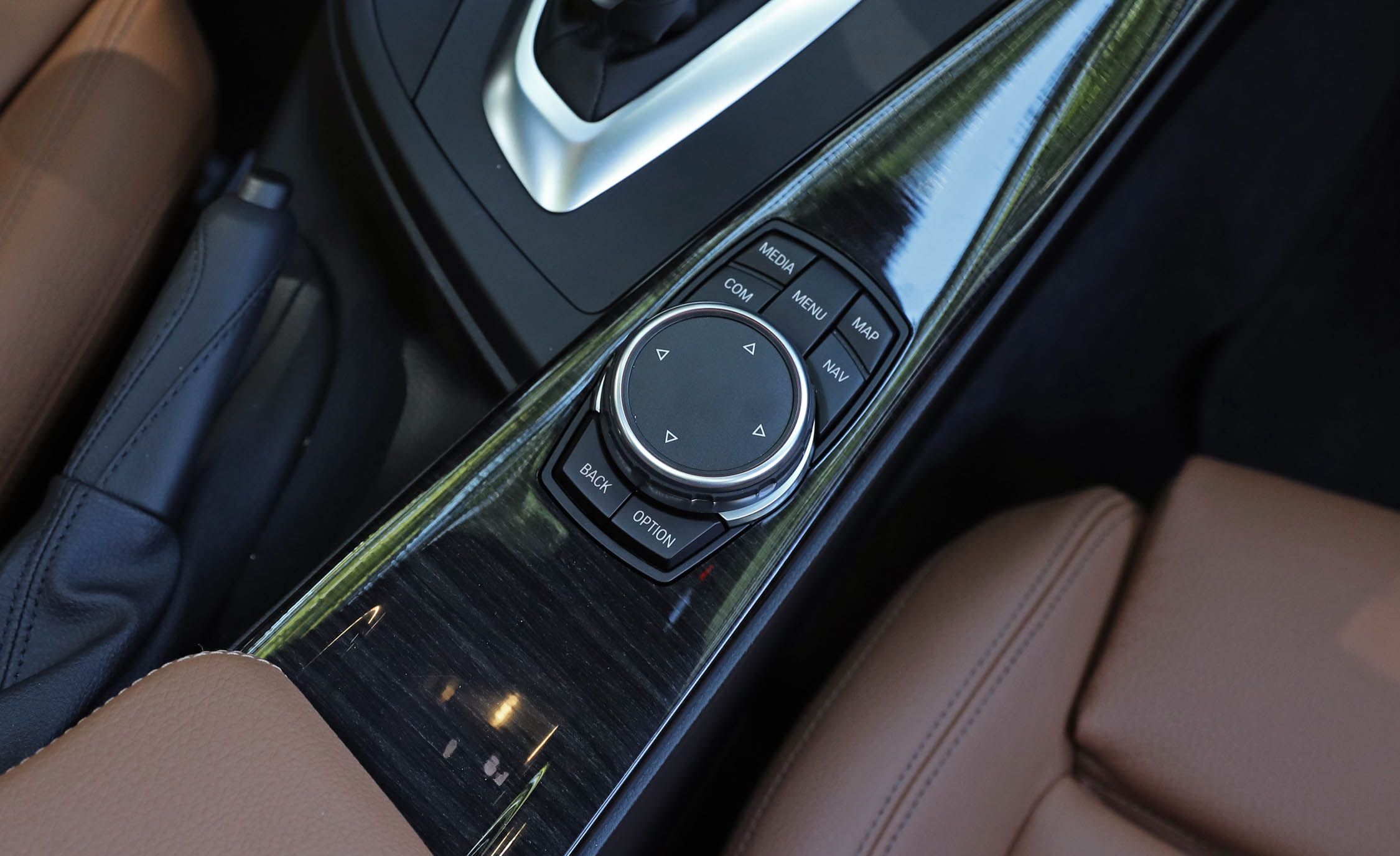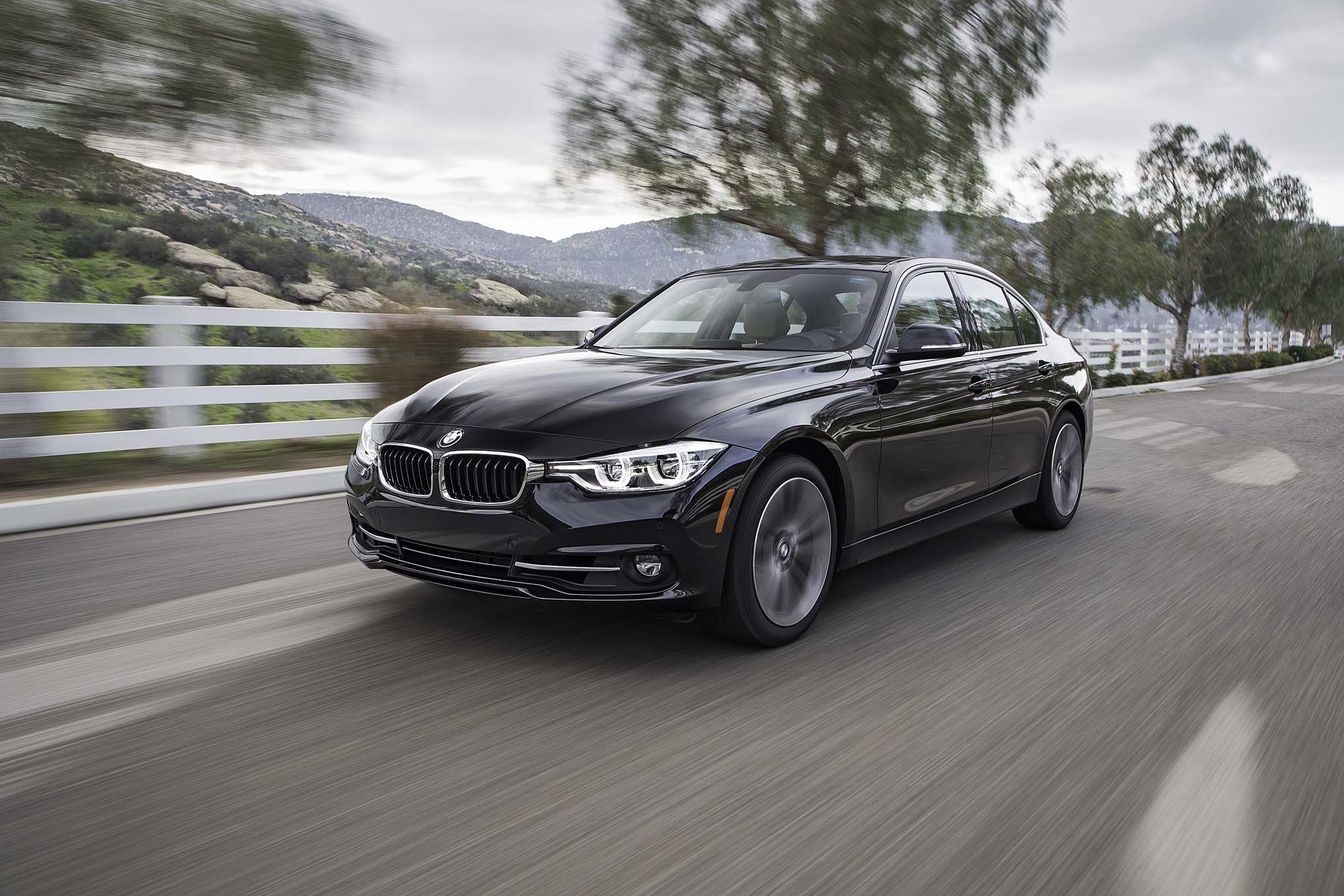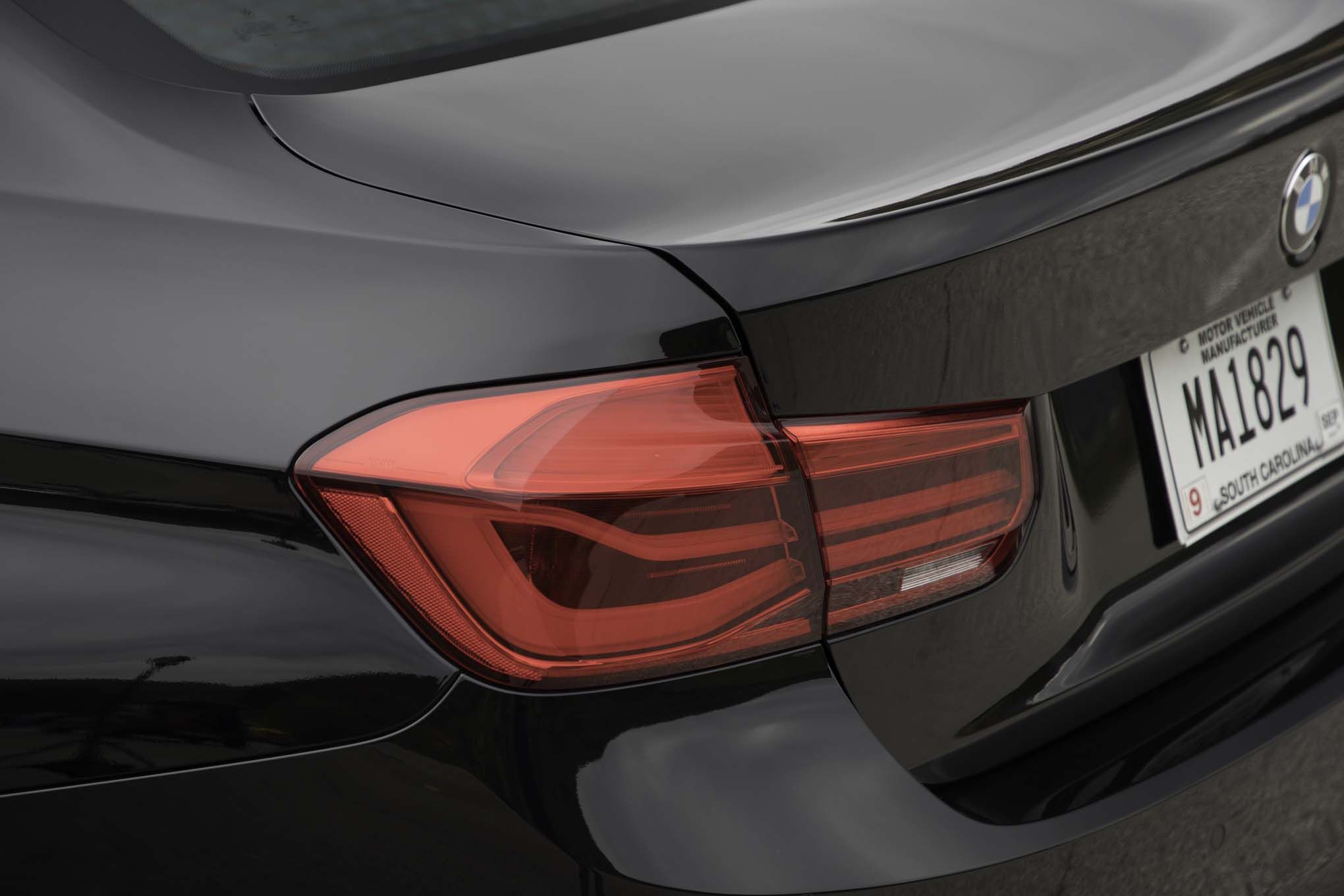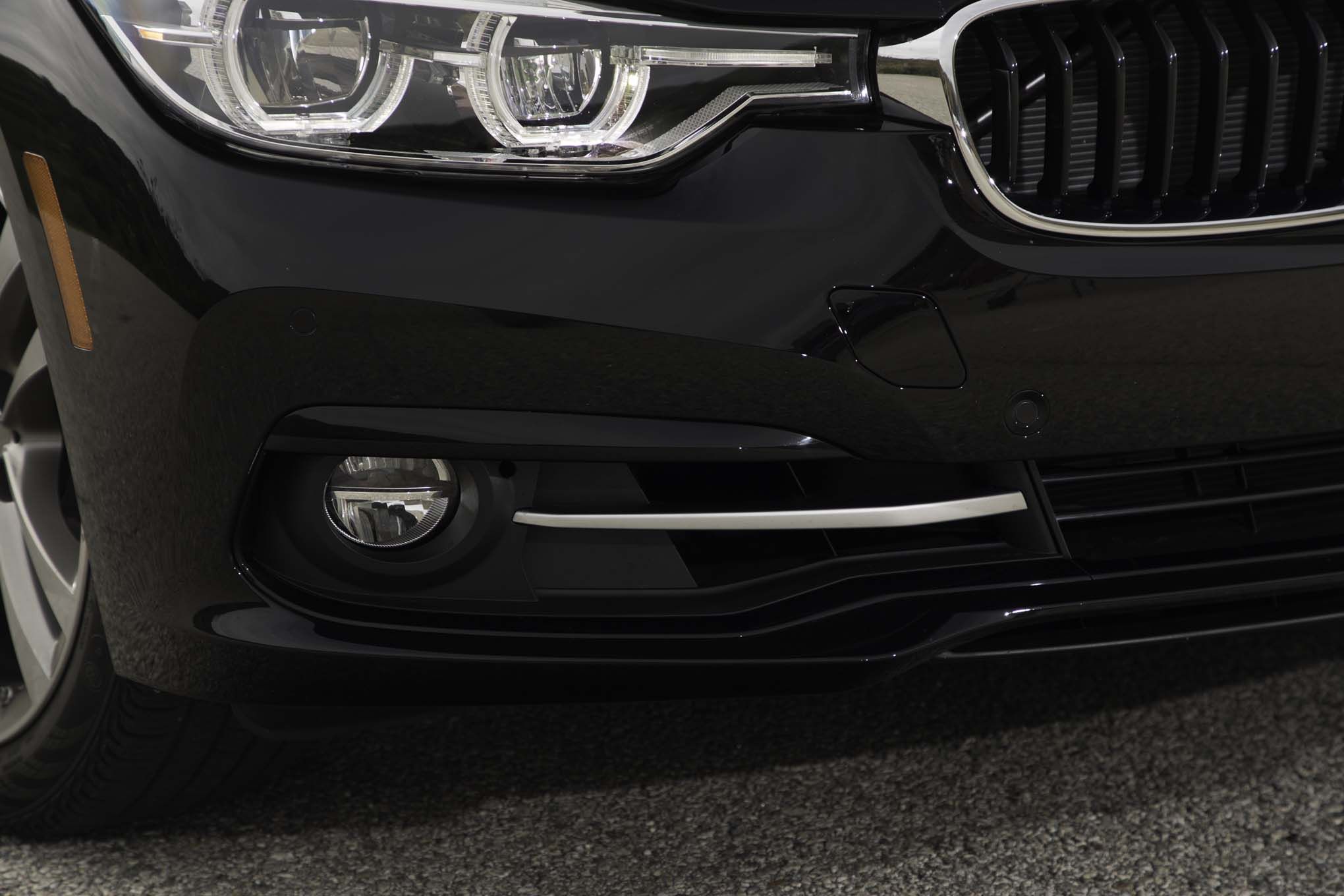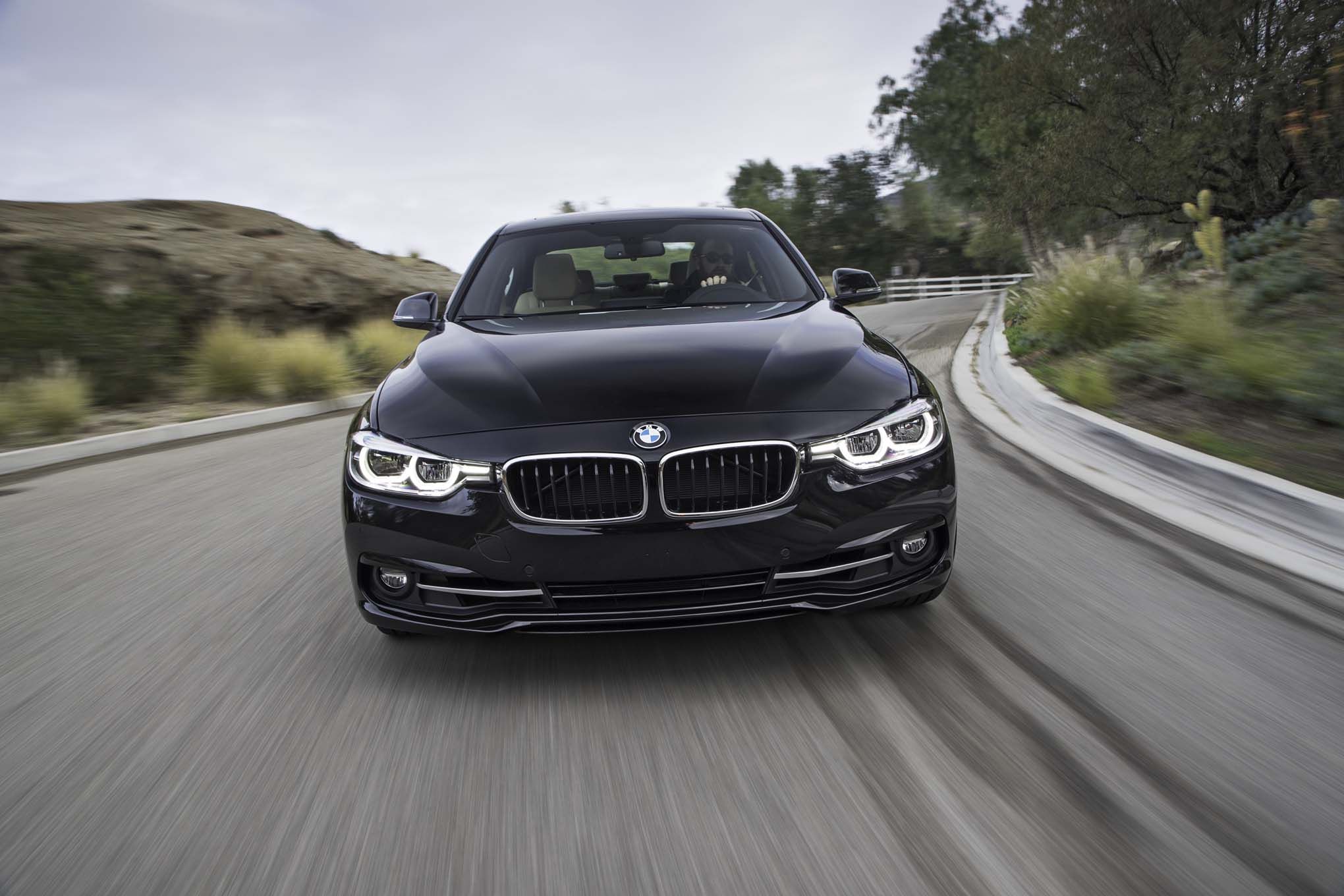If you're after a compact luxury sport sedan, the 2017 BMW 3 Series should be at the top of your list. You'll be impressed with its blend of features, refinement and the optional smooth engine. It's competing in a crowded class, but the 3 Series is one of the best.
For 2017, the midlevel 3 Series models get a new four-cylinder engine, a name change (the 328i is now the 330i) and a slight power boost. The M Sport package comes as standard on 340i models, but you can swap it out for the Sport or Luxury package for free. You can also get wireless device charging and Apple CarPlay as stand-alone options, and the 3 Series' iDrive infotainment system has been upgraded to the latest version.
The 330i's engine (248 hp/258 lb-ft of torque) is right in the middle of the pack in its class. The Infiniti Q50 2.0t has 208 hp, while the Alfa Romeo Giulia has 280 hp. We think BMW went for smoothness and linearity rather than speed, and when you pair the new engine with the 8HP50 eight-speed auto, it's a match made in heaven. It's quieter and smoother than the old 328i's turbo-four, and many people might mistake it for the classic straight-six that the E36/E46/E90 were known for.
The debate over what BMW should be continues, with one side pushing for mainstream models plus electric, hybrid and semi-autonomous driving tech, and the other side sticking to their Ultimate Driving Machine roots. We know which side we're on!
The 2017 BMW 330i sedan is here to settle the score. It's not the same as the 2006 330i with the 3.0-liter six-cylinder engine. This one's got a 2.0-liter turbocharged four-cylinder B46 engine, which made its debut in the X1, then the 2-series and Mini Cooper S. The B46 is part of BMW's lightweight, low-friction engine family that also spawned the 340i's turbocharged inline-six. It's got 248 horsepower and 258 lb-ft of torque, but the torque peaks at 1450 rpm instead of 1250 like the 328i's N20. The 2017 330i also has an eight-speed ZF auto with a lower final-drive ratio.
Despite all the changes to the drivetrain, the 2017 330i feels pretty similar to the 2016 328i. That's great if you dig recent four-cylinder BMWs. But if you miss the smooth sound and power of the BMW inline-six, the four-banger just doesn't compare. Just saying.
The extra eight horsepower and taller gearing didn't make much difference. The 330i still hit 60 mph in 5.4 seconds, only a tenth or two behind the 2016 328i and 328i xDrive, and 0.6 second behind the turbo-six-powered 2016 340i. Plus, there was no turbo lag. BMW wanted to improve fuel economy with the new engine, and while the 330i's EPA-estimated 23 mpg city and 34 mpg highway falls short of the 2016 328i's 23/35, our 25-mpg over two weeks of hard driving shows it's an improvement. It even got 41 mpg on our 200-mile, 75-mph highway test.
In our braking and lateral-grip tests, the 330i's 168-foot stop from 70 mph and 0.83-g skidpad performance were close to the 2016 328i xDrive's. The Continental ContiSportContact summer tires weren't the stickiest, but the brakes were plenty strong and easy to modulate once you got past the free travel at the top of the pedal. 0.83 g would have tied the Toyota Camry SE, which came last in our mid-size family sedan comparison test. The braking figure, at least, was better than average.
The roundel has lost a bit of its sparkle in subjective areas. The F30 3-series is getting on a bit and, despite a minor update for 2016 models, looks and feels outdated. We're not just talking about the 3-series' electric steering that's accurate but lacks feedback. Compared to the new Audi A4 or Mercedes-Benz C-class, the BMW sedan feels cramped and plasticky inside.
There are other issues. The 330i's stop/start system is rough when it starts up, and it's not as smooth as some Mercedes-Benz or Chevy models. BMW opted for run-flat tires to reduce weight and maximize trunk space, but the 18-inch wheel-and-tire setup on our test car was too harsh on small dividers and potholes. Road noise was especially bad with the bigger 18-inch wheel (17s are standard), especially on brushed concrete or high-aggregate-content asphalt. You gotta turn up the radio or talk louder to drown it out. The ride was good, apart from the choppy run-flat tires, but the body bounced and floated on bumpy back roads, not something you'd expect from a BMW. The car still corners well and its primary controls have a nice, single-minded feel that makes driving fast a cinch.
The 3-series is a sedan with coupe-like proportions, so rear-seat legroom in the 330i is tight. The center-stack display screen is kinda small by today's standards.
The 330i we tested is softer and more comfort-focused than its predecessors, and the four-cylinder turbo automatic is the best-selling 3-series drivetrain combo in the US. It's the top-selling BMW and the leader in the entry-luxury sports-sedan segment. Our test 330i came in at $47,645 and was pretty low on options: leather trim ($1450); a driver-assistance package ($950); a premium package ($2450); 18-inch aluminum wheels ($600); heated front seats ($500); and navigation ($1950). If you're in the market for an entry-luxury sports sedan, this 330i is one you should consider or recommend.
BMW's 3-series may have lost some shine, but it's still the entry-luxe sports sedan everyone else is gunning for. Sales don't lie. We're still pushing BMW to up the ante on steering feedback, but the 3er's got solid dynamics, comfy front seats, great ergos and a just-right size. The current F30 gen is looking a bit dated though, and the brand needs to get with the program and drop a new version. Plus, the competition's getting closer to the BMW icon, so BMW needs to act fast. The battle's on and it's time to make a move.



